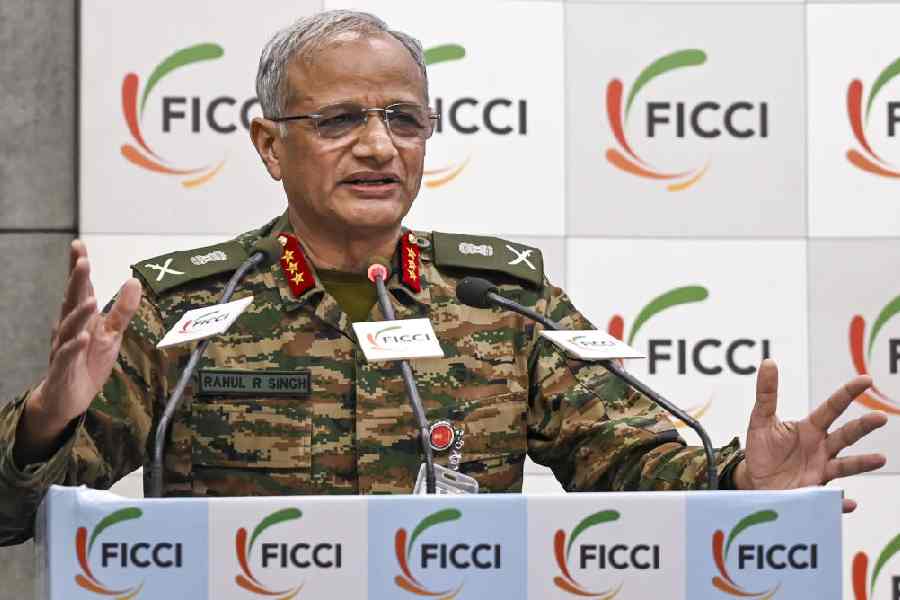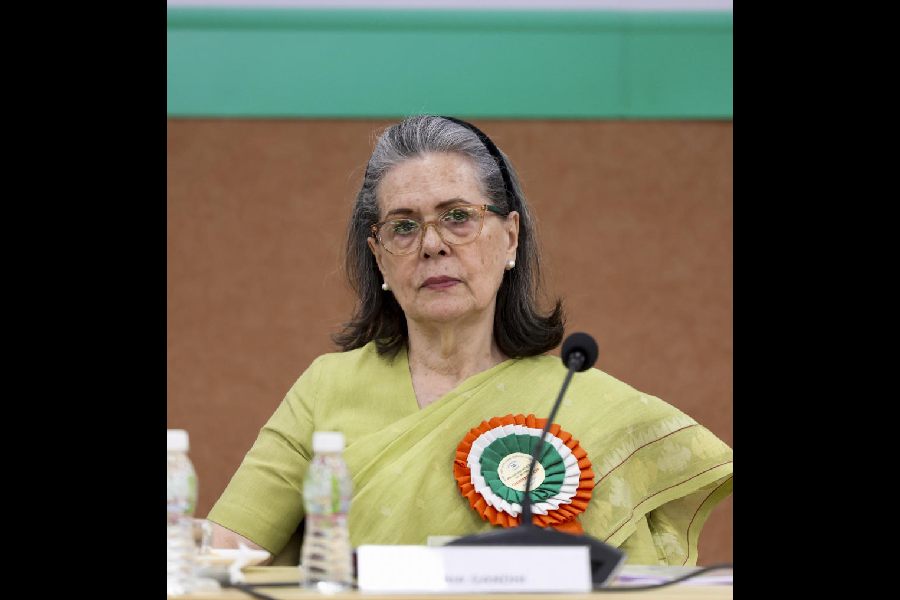The coexistence of the hungry millions and the rising buffer stock of foodgrains has exposed the serious imbalances in India's food policy. It also shows the falseness of any sense of security regarding food. While our buffer stock of food grains has peaked at an all-time record of 61.7 million tonnes, the poor of Kashipur in Orissa are dying of starvation, let alone the regular under nourishment of the millions countrywide. The paradox of extreme starvation amid swelling grain silos makes our politicians play the politics of aid and drives the Supreme Court to enquire into the mechanism of food distribution to the poor.
The foodgrain inquiry committee (1957), headed by Ashok Mehta, recommended the purchase and sale of foodgrains to build up a reserve stock of wheat and rice. Following this, the Food Corporation of India was set up in 1965. It acted as a countervailing force to speculative activities of private traders, assured the price to farmers, made foodgrains available at government price and built up optimal buffer and operational stock, which could be used at the time of emergency. Each year FCI procures around 25 to35 percent rice and wheat produced at minimum support price. During the last few years one major problem faced by the FCI is that it is saddled with stock much above the buffer stock norms fixed for each quarter in a year
Farmers' lobbies
The building up of the huge buffer stock has resulted mainly from government intervention in the food market through high MSP combined with poor distribution of food grains under the price distribution system. In fact, average annual increase in the MSP of rice and wheat seemed to be much higher in the post-reform period compared to the rise before 1992 - 93. Even in recent years, its annual enhancement is unrelated to the actual cost of production under the tremendous pressure of the farmers' lobbies in India.
Whereas increase in MSP has led to higher procurement, the compulsion to move to a higher annual average increase in issue prices has aggravated the problem. The procurement policy has become a burden that the government can hardly shake off. Had the market prices of food declined, the poor could have bought more food from the market and this could have reduced poverty substantially. Moreover, had the income generation programmes been combined judiciously there might be no need for the ever-increasing food subsidy.
The gap between the economic cost incurred by the FCI and its average realization, based on the issue prices under the PDS, is made up by the Centre through the consumer subsidy.
Consumer subsidy
Undoubtedly, both the economic cost and the carrying cost get increased with the increase in volume of buffer stocks. So the only option left for downsizing the food subsidy appears to be the adoption of reducing the consumer subsidy through an increase in issue prices. But that again leads to poor distribution within the PDS resulting in the poor being deprived of food, together with the consequential accumulation of buffer stocks. Thus there is an urgent need to rationalize the present policy on setting procurement prices.
The recommendation of the parliamentary standing committee, headed by Devendra Prasad Yadav, regarding the dumping of 2.05 lakhs tonnes of damaged buffer stocks into the sea to avoid storage problem exposed the inherent faults of the poverty alleviation programmes and the incompetence of the FCI. Effort is required to reduce the cost incurred by the FCI through more efficient management in handling, storage and transporting of stocks. The buffer stock of food-grains has actually been built up by procurement from the top 2 to 4 percent of landowners and farmers at MSP and we are made to believe that its maintenance is essential for food security.
A hard truth has been revealed by the agriculture minister, Ajit Singh, who said that the food surplus would not have been created if people had the money to buy the grains. The adoption of policies of the maintenance of need-based buffer stocks, quick implementation of the poverty alleviation programmes and procurement of food grains at competitive prices in the open market for the PDS, seems to be the way to minimize the burden of buffer stocks and food security.
 Saturday, 05 July 2025
Saturday, 05 July 2025









